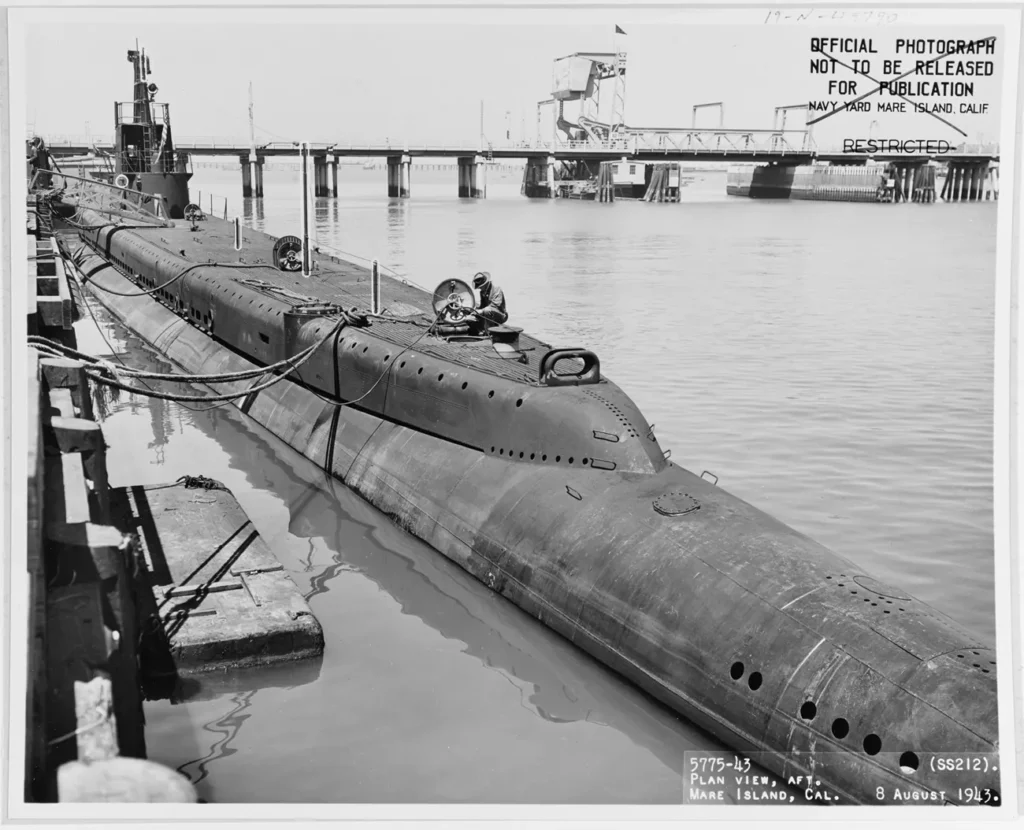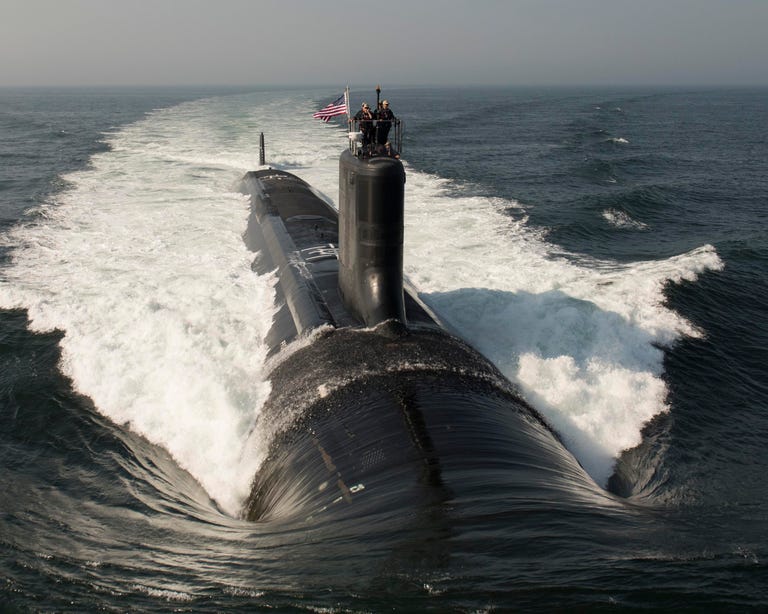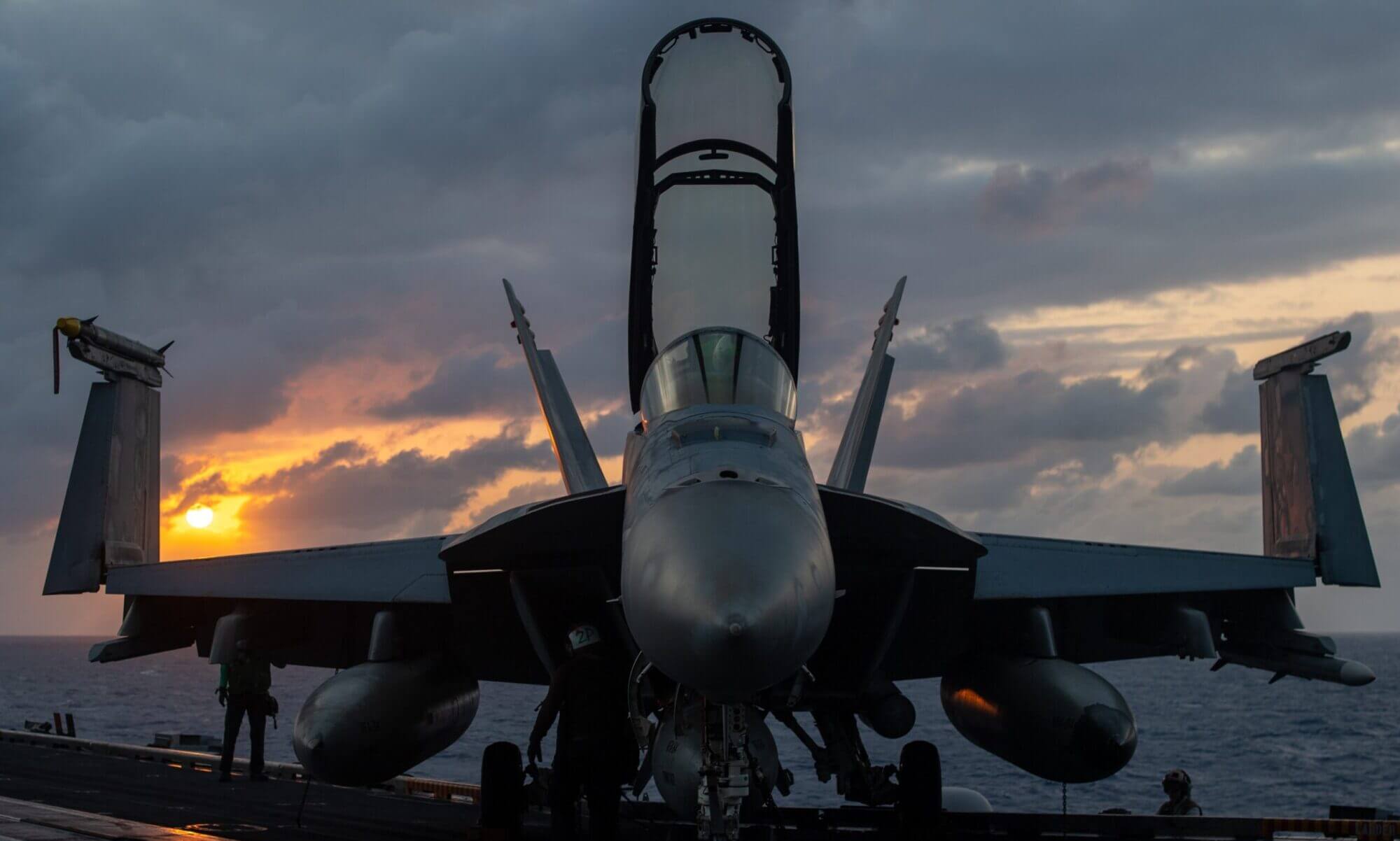Life on a US Submarine then and now

National Archives, 19-N-49790
Life aboard a U.S. submarine has always been challenging and demanding, with sailors facing cramped living conditions, long periods of isolation, and the constant threat of danger. However, the technology and amenities available on modern submarines have improved significantly since the early days of undersea warfare.
In the early 20th century, submarines were small, crude vessels with limited capabilities. Crew members slept in narrow bunks stacked on top of each other, with little privacy or space to move around. Basic amenities like fresh water and sanitation were scarce, and food supplies were often limited to canned goods and other non-perishable items.
However, despite these challenges, submariners played a critical role in both World War I and World War II, carrying out vital reconnaissance and attack missions against enemy ships and submarines.
During World War II, U.S. submarines became larger and more sophisticated, with advances in technology enabling longer and more sustained underwater missions. Crew members benefited from improvements in living conditions, including larger bunks, more comfortable berthing areas, and better sanitation facilities.
Despite these improvements, life on a submarine remained tough, with sailors facing long periods of isolation and confinement. In some cases, submarines would stay underwater for weeks or even months at a time, with crew members relying on stored supplies and a limited range of entertainment options to pass the time.

Today, life aboard a U.S. submarine is still challenging, but modern submarines are equipped with state-of-the-art technology and amenities designed to make life more comfortable and manageable for crew members. For example, modern submarines feature air conditioning systems to regulate temperature and humidity levels, as well as advanced ventilation systems that filter out pollutants and contaminants.
Crew members also have access to a wider range of entertainment options, including satellite TV and internet access, as well as better food supplies and more comfortable living quarters. Advances in technology have also made it possible for submarines to stay submerged for longer periods of time, and to carry out a wider range of missions than ever before.
However, despite these improvements, life on a U.S. submarine remains challenging and demanding, with sailors facing long periods of isolation and confinement, as well as the constant threat of danger. The unique demands of undersea warfare require a special kind of resilience and dedication, and the men and women who serve aboard U.S. submarines continue to demonstrate these qualities every day.
Submarines have a long history in the United States, beginning with Turtle, during the American Revolution. The world’s first combat submarine, invented by David Bushnell, was devised as a means of breaking the British blockade of Boston Harbor but was unsuccessful on multiple attempts. The U.S. Navy officially joined the undersea world when it purchased USS Holland (SS-1) on 11 April 1900, and commissioned her on 12 October 1900. The boat, designed by John P. Holland, proved valuable for experimental purposes during her 10-year career.
Although submarines did not play a large part for the U.S. during World War I, submarines such as USS K-5 (Submarine No. 36), one of the first U.S. diesel-electric submarines, deployed to the Azores patrolling for German submarines. World War II was when the submarine force became the workhorse of the U.S. Navy. Assessments indicated that U.S. submarines sank 540,192 tons of Japanese naval vessels, and 4,779,902 tons of merchant shipping during the course of the war, accounting for 54.6 percent of all Japanese vessel losses.
USS Nautilus (SSN-571) — developed by Hyman G. Rickover — was the first nuclear-powered submarine, and the first submarine to cross the North Pole under the Arctic polar ice pack. USS George Washington (SSBN-598) made history on 20 July 1960, when she successfully launched the first Polaris from a submerged submarine. The Tomahawk land-attack missile was later developed, and was first used by, submarines in combat during Operation Desert Storm by USS Louisville (SSN-724) and USS Pittsburgh (SSN-720).
Today’s submarine force is the most capable force in the world and the history of the U.S. Navy. The composition of the current force consists of Los Angeles, Ohio, Seawolf, and Virginia-class submarines.
Submarines have a long history in the United States, beginning with Turtle, during the American Revolution. The world’s first combat submarine, invented by David Bushnell, was devised as a means of breaking the British blockade of Boston Harbor but was unsuccessful on multiple attempts.
The U.S. Navy officially joined the undersea world when it purchased USS Holland (SS-1) on 11 April 1900, and commissioned her on 12 October 1900. The boat, designed by John P. Holland, proved valuable for experimental purposes during her 10-year career. Since then submarines have evolved dramatically, but remain a vital part of the American fleet.
Notable Submariners
David Bushnell
H.L. Hunley
John P. Holland
Richard H. O’Kane
Slade D. Cutter
Dudley W. Morton
Edward L. Beach
Howard W. Gilmore
William R. Anderson
John P. Cromwell
Chancellor Alphonso “Pete” Tzomes
Notable Submarines
Turtle
CSS H. L. Hunley
Holland (SS-1)
Tang (SS-306)
Flasher (SS-249)
Wahoo (SS-238)
Seahorse (SS-304)
Seawolf (SS-197)
Silversides (SS-236)
Bowfin (SS-287)
Tautog (SS-199)
Rasher (SS-269)
Nautilus (SSN-571)
Scorpion (SSN-589)
Growler (SSG-577)
Skate (SSN-578)
Triton (SSR(N)-586)
Thresher (SSN-593)
Tullibee (SSN-597)
Narwhal (SS (N)-671)
Los Angeles (SSN-688)
George Washington (SSBN-598)

